Socket MeaningSockets enable interactions among different programs running on similar or separate devices. To be more specific, it's a method of communicating with other machines that use regular Unix file descriptive terms. Any I/O operation in Unix is performed by composing or interpreting a particular file. Application status is just an amount that is connected with an access database, which may be a web link, a word document, a console, or another. A socket appears and behaves similarly to a low-level digital repository to a developer. It is because instructions like read() and write() operate on sockets in the same way as they do on directories and channels. Sockets were first implemented in 2.1BSD and improved into their present incarnation in 4.2BSD. Most recent GNU / Linux updates have the sockets function. What is a Socket?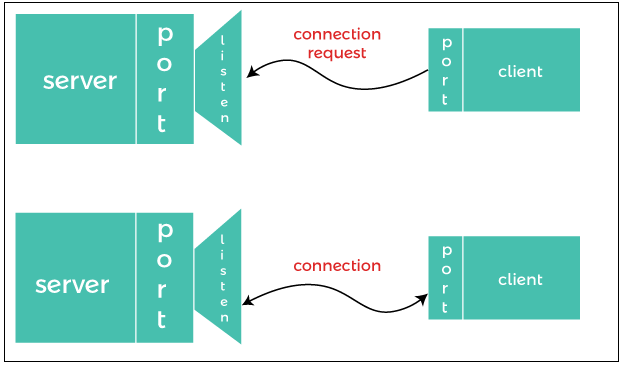
A server usually operates on a single device and has a connector that is connected to a given destination port. The server simply checks, reacting to the socket for a communication demand from a client. In the client end, the user is aware of the domain name of the computer operating the database as well as the destination address to which the database is connected. To initiate a communication query, the user attempts to connect to the database via the provider's computer and network. The client must also mark itself to the database by binding to a regional IP address that will be used for this communication. The machine normally assigns this. If everything goes according to plan, the database approves the link. Upon approval, the database receives a new socket connected to a certain specific port and has its virtual adapter configured to the customer's domain and address. It requires a new connector such that it can keep listening for connectivity demands on the initial connector while attending to the desires of the attached user. If the communication is acknowledged, a socket is effectively formed on the user end, and the user may use the connector to establish a connection. The sender and receiver will now connect by submitting to and receiving from their respective ports. A connector is one edge of a multiple distribution connection among two network-running software. A port is associated with a specific port such that the Transmission Control Protocol (TCP) layer can define the program to which data is being sent. Endpoints are made up of an Internet address and a destination port. The two nodes of a TCP link can be used to identify it individually. This manner will provide several links between your client and the database. The Java.net framework includes a class called Socket that introduces a single side of a two-way link among the Java application and another system on the server. The Socket classification takes the place of a platform-specific specification, shielding your Java software from the specifics of any given framework through the java.net package. Using the Connector class rather than native code, your Java applications will connect over the channel in a console manner. Furthermore, java.net provides the Server Socket package, which provides a connector that providers can use to check for and approve network connections. This tutorial will teach how to use the Port and Server Socket courses. If you want to link to the Internet, the URL (Uniform resource locator) class and similar categories (URLConnection, URLEncoder) are generally better than the socket grades. In reality, Hyperlinks are comparatively high-level access to the Internet, and the fundamental architecture includes ports. Purpose of SocketIn client computer architectures, a Unix Adapter is included. A database is a mechanism that performs some role in response to a customer request. Sockets are used by most input validation routers, such as FTP (File transfer protocol), SMTP (Simple mail transfer protocol), and POP3, to create connections among sender and receiver and then to exchange information. Kinds of SocketThere are four kinds of sockets open to the customers. The first two will be most widely used, and the second two are seldom used. Procedures are assumed to interact only among sockets of a similar type, although no limitation forbids contact among sockets of various varieties. 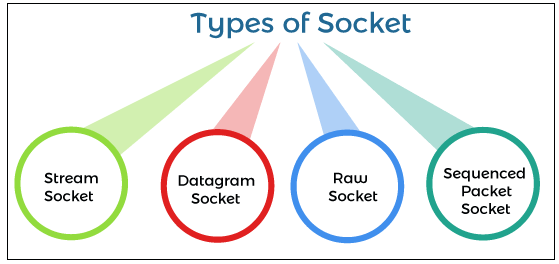
Stream SocketIn a connected world, distribution is assured. If you transmit three objects "P, Q, R" via the stream socket, they will emerge in the similar order "P, Q, R." Transmission Control Protocol (TCP) is used for wireless communication in these sockets. If the distribution is not practicable, a failure signal is sent to the receiver. There are no restrictions for data archives. 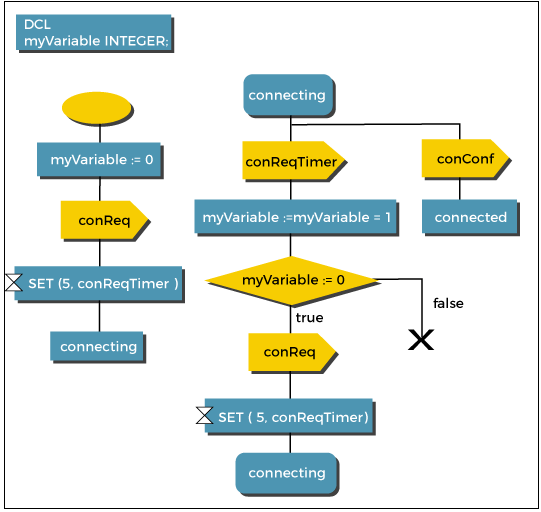
The network generates a socket, assigns it a title, and then shows the sequence number. The software uses the listen (3SOCKET) function to indicate that the port is able to receive relevant questions and to create a backlog for the queries. The remainder of the software is a never-ending chain. Each chain transfer recognizes a new link and eliminates it from the list, resulting in the creation of a new outlet. Datagram SocketIn an information era, availability is not assured. They're connectionless, so you shouldn't require to open the link as with Stream Sockets; instead, you make a package with the recipient data and transmit it out. They make usage of the User Datagram Protocol (UDP). 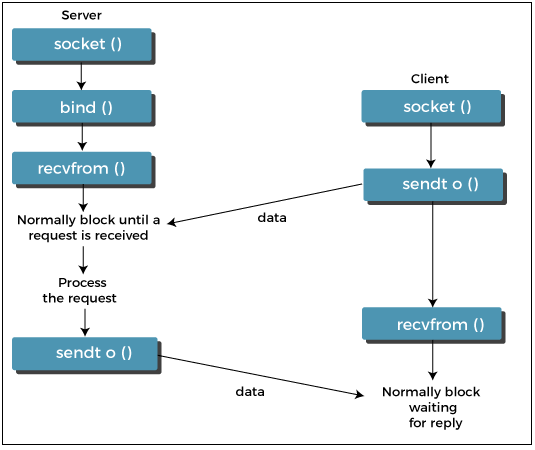
Sockets for data packets are produced in the same manner as defined in Socket Development. If a specific local key is required, the bind (3SOCKET) procedure must be performed until the first information transfer. Instead, when information is first transmitted, the device determines the subnet mask or path. To transfer results, use sendto (3SOCKET). Sendto (buf, s, flags, buflen, (struct socketaddr *) &to, tolen);
The variables s, buflen, buf, and flags are similar as in direct link ports. The to and tolen values reflect the statement's anticipated sender's mail. A remotely observed fault state, along with an unknowable device, results in a result of -1 and the failure integer being assigned to errno. Recvfrom (buflen, s, buf, flags, (struct sockaddr *) &from, &fromlen);
recvfrom is used to accept updates on a datagram socket. Fromlen is configured to the scale of the through placeholder prior to the request. When the datagram is returned, fromlen is configured to the dimension of the domain from which it was sent. The connect() function may also be used by datagram ports to link a connection with a given destination node. Then the port will make use of the send() feature. Any information transferred over the socket that does not indicate routing information is delivered to the attached peer. Only the information obtained from the individual is transmitted. A port will only have one email attached at the moment. A subsequent connect() request modifies the routing path. Link queries on datagram ports are automatically returned. The machine saves the peer's Domain name. For datagram ports, neither accept() nor listen() are used. While the connection is attached, a datagram port will retrieve failures from subsequent send(3SOCKET) functions concurrently. These flaws may be recorded by the socket in corresponding socket procedures. To inquire about the error message, the socket may utilize the getsockopt(), SO_ERROR choice. Raw SocketWhile the connection is attached, a datagram port will retrieve failures from subsequent send(3SOCKET) functions. This enables the client to connect to the fundamental communication systems that endorse socket axioms. These ports are typically datagram-based, but their precise specifications rely on the network implementation concurrently. These flaws may be recorded by the socket in corresponding socket procedures. To inquire about the error message, the socket may use the getsockopt(), SO_ERROR choice. Raw sockets are not designed for regular usages; they have been established mostly for those involved in implementing new routing protocols or providing access to any of a current protocol's rather cryptic infrastructure. 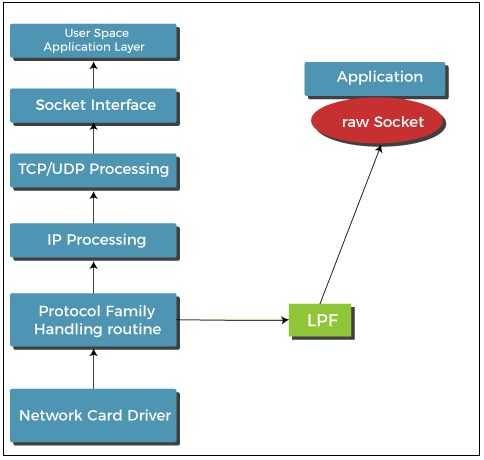
Sequenced packet SocketThey are comparable to stream sockets in which database borders are maintained. This feature is only used as a chunk of the NS (Network Systems) socket implementation and is critical in the majority of severe Network system applications. Sequenced-packet sockets enable the customers to control the SPP (Sequence Packet Protocol) or IDP (Internet Datagram Protocol) parameters on a payload or set of packages, whether by composing a sample header through whatever information is to be transmitted or by defining a standard template to be used with all data transmitted, and they often help the reader to obtain the connections on received traffic. 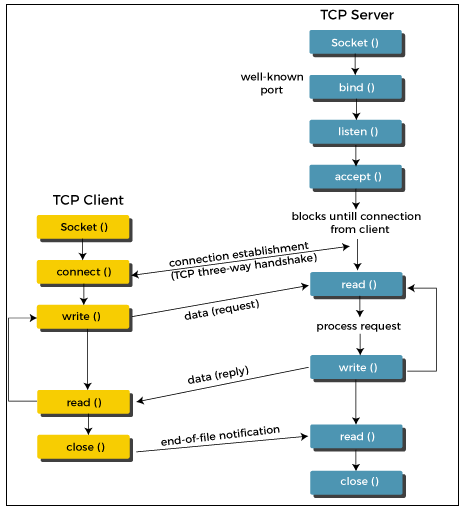
Benefits of Socket
Drawbacks of Socket
Next TopicCrush Meaning
|
 For Videos Join Our Youtube Channel: Join Now
For Videos Join Our Youtube Channel: Join Now
Feedback
- Send your Feedback to [email protected]
Help Others, Please Share










